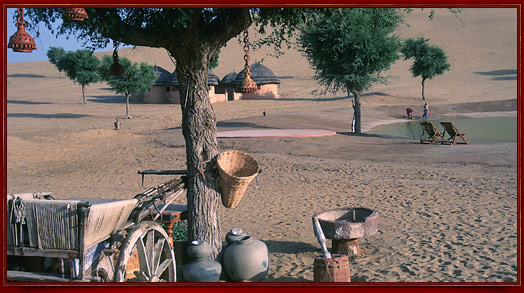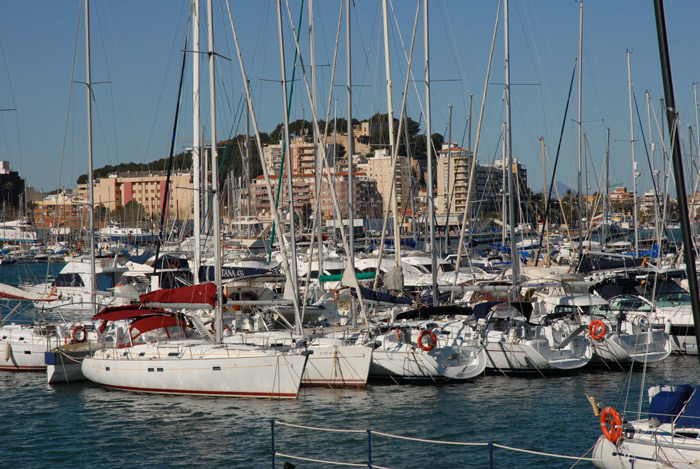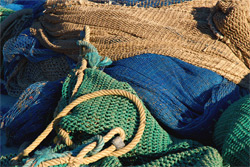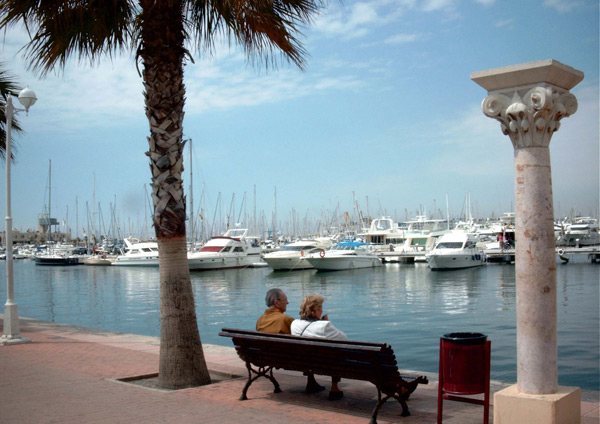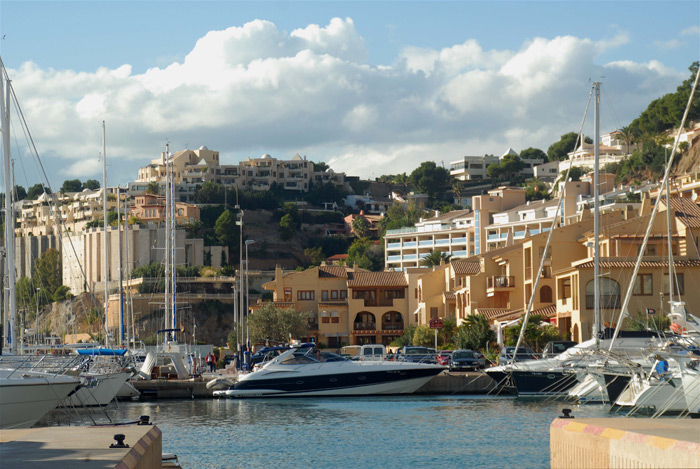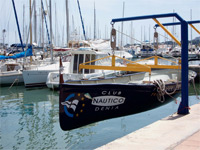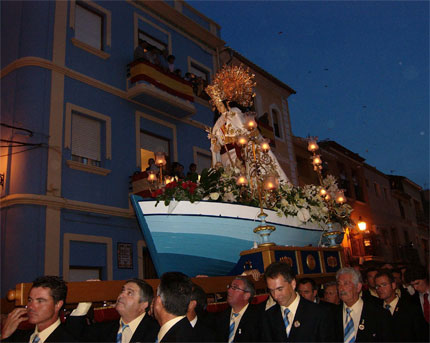Navigating Dénia
To navigate the Costa Blanca, and more specifically Dénia, is to navigate through Spanish history. Rocked by persistent waves, reveling in 311 days of sunshine per year and shaped by that unique accident of coastal geography – a natural harbor – has engendered a town that has lived with the sea for over 2000 years. The Port of Dénia is a certainty that the town has relied upon since its establishment while the key to any development has always been irrevocably intertwined with its development and preservation.
In ancient times the Port of Dénia was the natural entry point for exotic products from around the known world. It provided the basic infrastructure for communication, customs and livelihood throughout the area. At the mouth of the port lie the wrecks of two Roman merchant ships lost between 70 and 50 BC. Several sunken ships laden with oil from the Guadalquiver and fish conserves from Cadiz lie trapped in the silt and sediment and provide divers with a world for exploration.
By the 10th century Dénia was known for its vast walled seafront and huge shipyards. The nautical history of Islamic Spain is focused around Dénia as a sea power and arsenal for the glorious Arab sailing fleet of Mujahid the Saqalih, who in 1012 claimed the title of ruler of the kingdom. Legends abound painting a picture of wealth and splendor in the town that dominated the sea and the Balearic Islands.
Dénia Port is renowned for the expulsion of 30,000 Moors who were deported after the Christian re-conquest. By the mid 17th century there were dozens of galleys anchored in the harbor and royal visitors swarming to enjoy the renowned delights of tuna fishing in the area.
Dénia´s 18th century has been described as a century of many ideas but few concrete achievements. Not to say that history repeats itself – but one might be forced to smile. Around 1780 the government admitted a huge need to clean and dredge the port but it took twenty years and the sinking of a thirty-four-gun frigate sank off the point before anything was done. In 1843 it was decided (again) that improvements were needed and that an artificial harbor would be constructed – though that document was never signed.
Over the next forty years discussions were held over the construction of breakwaters, a system of buoys and beacons and cleaning and widening the navigation channel. Unfortunately the legal support was so badly organised that the venture became a fiasco of lawsuits that dragged on for twenty more years. In 1901 construction of the port and work on the breakwaters finally started but never reached ‘conclusion’ until the 1980s.
Today nineteen marinas between Castellon, Valencia and Alicante boast the blue flag of excellence exceeded only by Andalucia’s 20. In Alicante Province forty-five beaches and 14 marinas have been awarded the blue flag. Dénia Marina is the third in Spain in terms of size and superb maintenance facilities. People that once wintered large yachts in Majorca now come here instead. Rates are far cheaper than the Balearics, ranging from 10.10 Euros per day on the smallest berths to 42.97 Euros per day for the largest. (VAT and G5 not included.) And of the 1400 plus berths available forty five per cent are held by ex-pats.
Sport fishing is not only the livelihood of a big percentage of townspeople but also the most popular pastime with the Spanish. Hundreds moor their small beamy fishing boats in the public marina where anything with two engines for going 20 miles and returning the same day is the norm. Those from Madrid and Valencia prefer the comforts of a Rodman 41 or a larger Astondoa not to mention a huge splattering of large Azimuts, Sunseekers and the like.
The Costa Blanca is the best yachting area in Spain. The wind conditions are excellent, the climate is ideal and it is easy to bring a boat from abroad. Weekends year round are spent at the yacht clubs where there is almost always some regatta or social event scheduled. Sundays are always family days with Spanish families appearing to extend for centuries. Fresh fish is always on the menu though more likely than not, a huge paella feeding fifty or more is the norm.
Yacht Clubs also range from largely affluent, friendly and Spanish (Dénia) to affluent, expat and secluded (Javea) to not so affluent, hugely expat and very informal (Torrevieja). Moraira has a large UK boating community but prices are high and space limited. The seaside resort town of Calpe has British registered boats but is not as popular while the town of Benidorm is, well, Benidorm.
People here take their boating pleasure seriously. Hundreds of townspeople and ex-pats follow the procession every May during the Festival de la Verge dels Desemparats when the statue of the Saint is carried from the local church down to the marina where the priest blesses the fishing boats in the harbor.
Demand for berths has now far out-stripped supply and projects are underway for both new marinas and increasing the size of the ones in existence. However, shadowing the past is the voice of procrastination. While the Marina de Dénia steadily gets on with improvements and expansion (there are rumors of a new yacht club and hotel opening soon), other areas are grossly bogged down in a quagmire of environmentalists. Weekly debates occur in town councils across the Costa Blanca and ‘beautifully illustrated’ new proposals have been put forward.
Over the past five years several major decisions have been made that affect the regional ports’ plan. These decisions, which include the sanctioning of Altea’s Campomanes leisure harbour enlargement, have meant that existing leisure harbours could dramatically increase their size.
Environmentalist argue that the works would inflict irreparable environmental damage on the area and have now called on the EU Director General for the Environment to intervene and block the initiative – and we all know what that means.
However, those of us here that follow such matters are no longer surprised when surveys turn out to be twenty years out of date or yet another seaweed bed needs to be saved. We love our town. We love our marina and harbor. But most of all we have learned to love the slow and easy pace that has taken 2000 years to perfect it.
